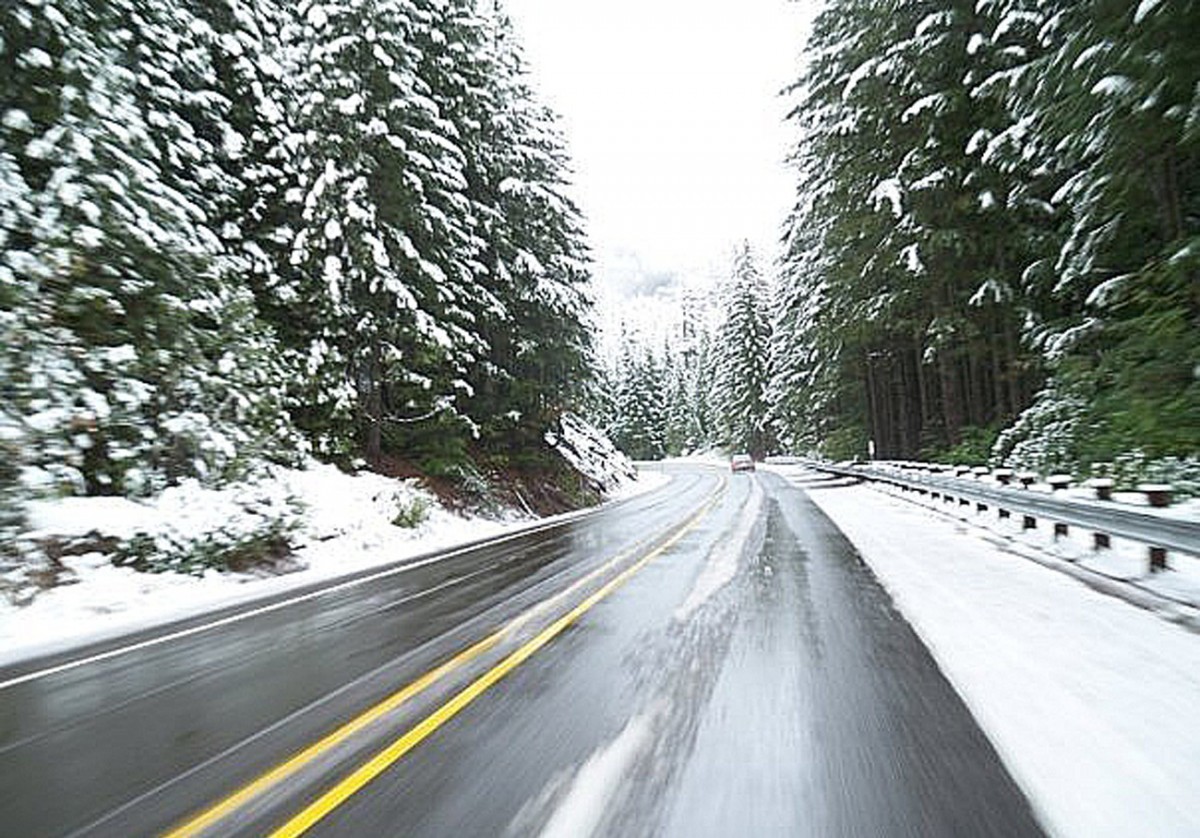I recently received an email alert that the North Carolina Department of Transportation had updated its website with information on driving in winter weather. NCDOT does this annually because, as anyone who has struggled to keep a car or truck on the road as a nor’easter howled or as snow and ice covered the pavement knows, wintry conditions create serious hazards for unprepared and inexperienced drivers.
The Federal Highway Administration keeps tabs on how dangerous winter weather can be for drivers, passengers and pedestrians across the United States. According to the agency, 24 percent of weather-related vehicle crashes occur on snowy, slushy or icy roads and 15 percent happen while snow or sleet is falling. More than 116,800 U.S. residents suffer injuries in such crashes annually, and another 1,300 deaths are attributed to crashes in winter weather each year.
LEARN MORE
- Can Winter Weather Relieve Liability for At-Fault Drivers in Personal Injury Cases?
- What Is Negligence in a North Carolina Car Accident?
- Reduce Your Risks for Crashing When It Rains
NCDOT’s principal piece of advice for driving during periods of winter weather is “Don’t.” Clearly, staying home is not always an option.
Recognizing that, NCDOT recommends, first, using the state’s 511 system to check on road conditions. Calling the number or accessing its website allows drivers to plan safe routes, avoid work zones and escape traffic backups.
NCDOT also advises drivers to prepare for trouble long before they set out on any given trip. Steps to take before heading into the teeth of a winter storm include
- Ensuring your car or truck is fueled up and in good repair, especially the brakes and tires;
- Packing an emergency kit that includes an ice scraper, snow brush, windshield wiper fluid, anti-freeze, jumper cables, flares, a first-aid kit, blanket, flashlight, water, nonperishable snacks and a blanket; and
- Clearing as much snow, ice and frost from your vehicle and its windows as possible.
Once on the road, go slow. Leave plenty of distance between your vehicle and the one in front of you. Give plows and sand/salt spreaders a wide berth, and be on the lookout for chunks of snow and ice flying off the tops of tractor-trailers.
The federal Occupational Safety and Health Administration offers these additional tips for driving safely on wintry roads:
- During the daylight, rehearse maneuvers slowly on ice or snow in an empty lot.
- Steer into a skid.
- Know what your brakes will do. Stomp on antilock brakes; pump on non-antilock brakes.
- Buckle up and use child safety seats properly.
- Never place a rear-facing infant seat in front of an air bag.
- Avoid fatigue. Get plenty of rest before the trip, stop at least every three hours and rotate drivers if possible.
- If you are planning to drink, designate a sober driver.
As for how to handle black ice, a U.S. Forest Service pamphlet suggests these best practices:
- Know that black ice is most likely to form at night or the early morning.
- Know that black ice is most likely to form in areas that receive little direct sunlight such as under bridges, in tunnels and along little-traveled residential roads lined with trees.
- Know that black ice often also forms on bridges and overpasses.
- Remain calm when you feel your tires slipping. “The general rule,” the Forest Service writes, “is to do as little as possible and allow the car to pass over the ice. Do not hit the brakes, and try to keep the steering wheel straight.”
- Slow down by lifting your foot off the accelerator.
- Shift to a lower gear if you can do so without losing your grip on the steering wheel.
- If you leave the roadway, try to steer toward an open area or an object that will not do major damage to your vehicle and you.
Last, if you spin out or get into a crash, try to remove your vehicle from the road. Do not put yourself or others in danger unnecessarily, however. Definitely call 911 if vehicles are disabled or people are injured.
EJL